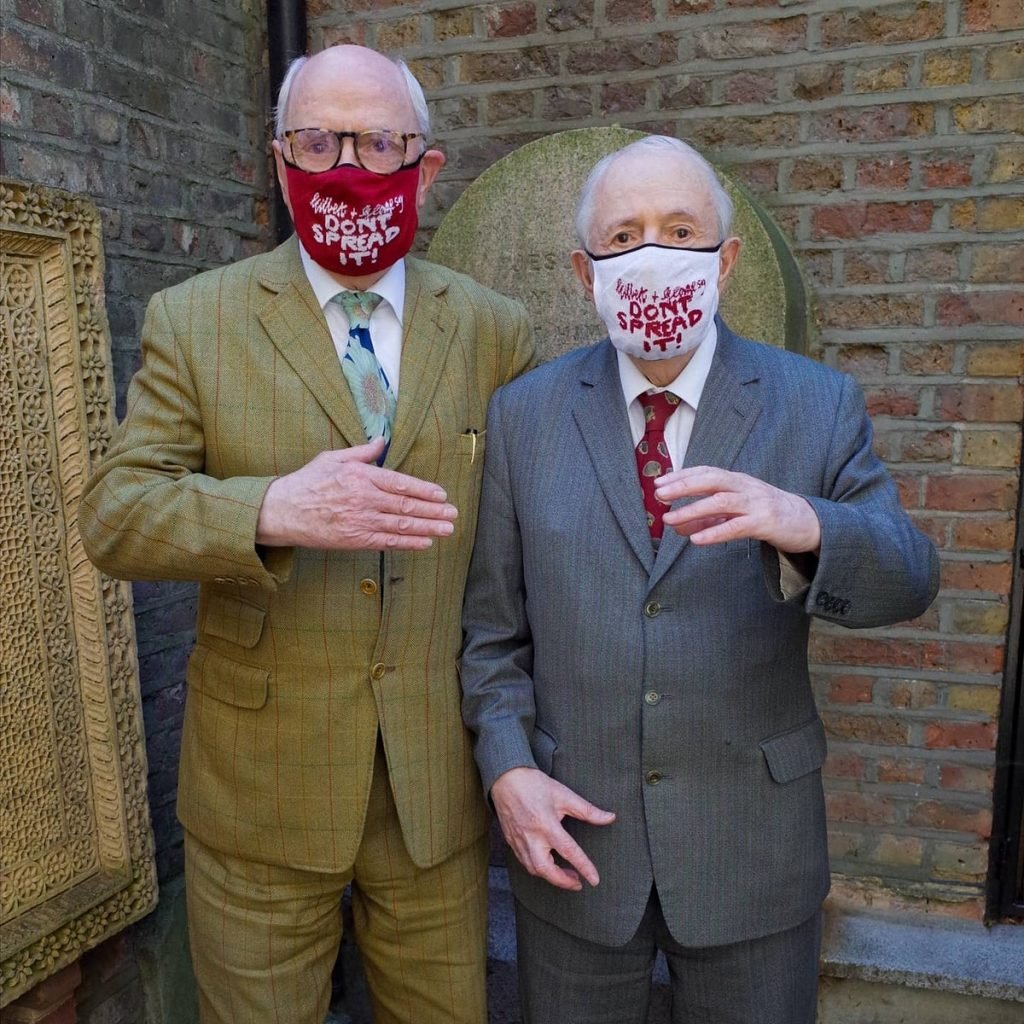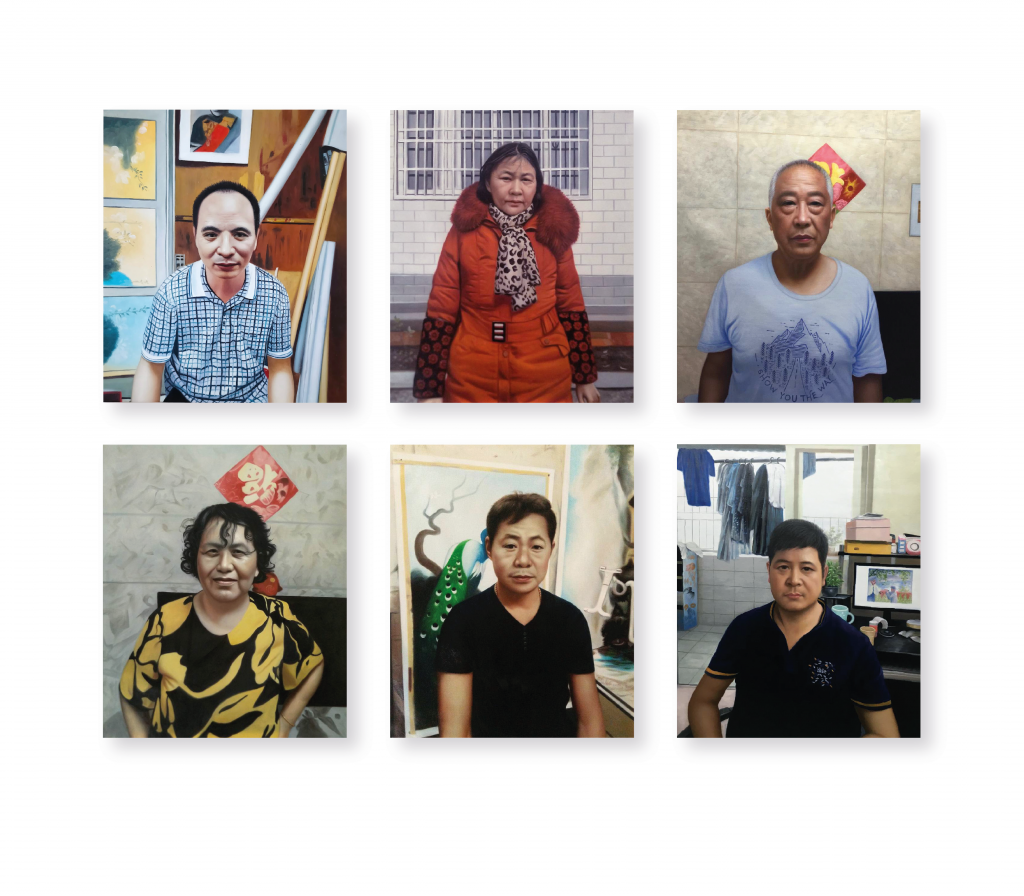London Artist Sam Harris Talks About His Recent Artist-Mask Collaboration With the Artist Duo Gilbert & George


Sophie Neuendorf

London-based contemporary artist Sam Harris has taken lockdown restrictions as an opportunity for reflection and creativity. Thus far, the results have been an excellent success, notably including a collaborative exhibition with his friends artist-duo Gilbert & George. Recently we caught up with Harris who talked about his new research project in China, his recently collaborative Pure Filth, and how he is using this time to further his work and support that of his fellow artists.
London is one of the cities hardest-hit by the coronavirus. How have you experienced this year so far?
As an artist, I’m quite used to spending much time alone in the studio, so I didn’t feel the restrictions that much. Also, London’s lockdown this spring wasn’t as tough as that in Italy or Spain in terms of COVID-19 related restrictions. The toughest part was the idea that certain freedoms were restricted, even if I don’t usually take advantage of these freedoms.
The new lockdown this autumn may be a bit tougher for many. I think there’s a lot of uneasiness and fear, globally.

Gilbert & George donning their newly designed masks.
Times of change and upheaval are, historically, been well-documented by artists of the time. How has your oeuvre changed during the pandemic?
Honestly, I didn’t respond to this time within my work, per se. I did, however, have more time to think and experiment and that really drove my work to a different level. So it was staying at home and meditating, kicking around ideas, that really pushed my work. I hope that doing more of this and collaborating with other artists will make the new lockdown easier to handle.
You recently worked with Gilbert & George on a coronavirus-related project that involved creating new artist-designed mask. How did that come about?
I’ve been friends with them for a long time. They’re both really great artists and excellent people. So the collaboration on a coronavirus-related project really came naturally to us. We created fun masks and posters together to bring some joy to an otherwise bleak situation.
With your ongoing collaborative publication project Pure Filth you’ve collaborated with many incredible artists. How do you choose which ones to work with?
It’s always really quite tricky to make these choices. I’ve worked with many great artists, like Duggie Fields, Bob & Roberta Smith, or Maryam Eisler. I guess it’s important that their work synergies with the issues at hand.
I suppose Pure Filth exists as an antidote to the current climate of censorship, scandal, and outrage addiction. It also acts as a bastion for artistic expression, unbridled creatives, and much-needed humour.

Sam Harris’s portraits of Chinese artists hired by Western artists.
Some artists, controversially, outsource their work to artists in China, who create it very quickly and cheaply. This is a trend that you’ve chosen to highlight in your new work. How do you feel about artists outsourcing their work?
I understand that some major artists have large studios and a lot of help there, like Jeff Koons or Damien Hirst. It’s not unusual, rather, it’s quite normal and has been done so throughout history.
But what I’ve now discovered is that some internationally acclaimed artists are cheaply outsourcing their work to China. Now this, in my opinion, is fundamentally wrong. These artists are now no longer involved in the creative process. They’ve outsourced everything and are simply in it for the money.
I’ve worked with some of these Chinese workers to highlight this unfortunate situation. I’m going to exhibit the work, only to draw attention to the situation. It’s not going to be a for-profit show.
Artists often draw inspiration from their predecessors. If you could have dinner with any 3 artists, living or dead, who would you choose?
Alighiero Boetti: the Arte Povera movement has always been an interest of mine and Boetti is my favourite from this movement. I’ve always been interested in the production methods he used to create his works as well as the conceptual ideas behind them.
Susan Hillier: I’m fascinated by her work and how she imbues anthropology and global culture and folklore into it. Hiller’s “Homage to Joseph Beuys” series is one of my all time favourite works.
Marcel Duchamp: Needs no explanation! It would definitely be an interesting dinner, especially with The Fountain as a topic of conversation!